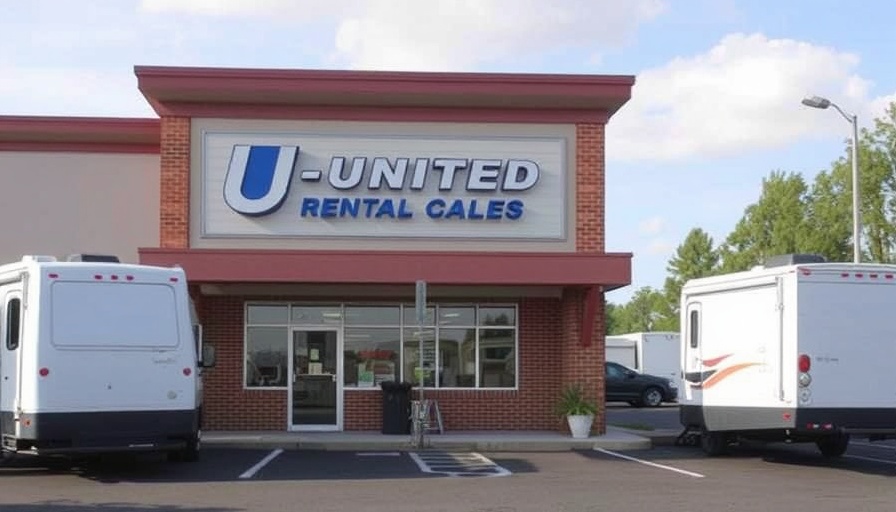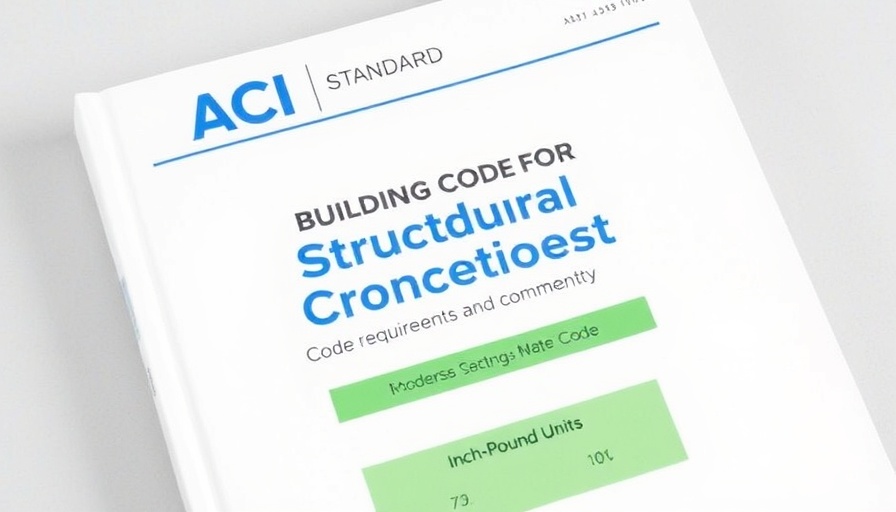
Unpacking the Allegations: A Closer Look at the Lawsuit
In the construction industry, pricing transparency is fundamental, not just for competition but for project integrity. Recently, a significant lawsuit targeting two of the industry's giants, United Rentals and Sunbelt, suggests that this transparency may have been compromised. The suit alleges that these companies entered into a collusion agreement with a rental ratings firm, aimed at manipulating equipment pricing. This allegation, if substantiated, could reshape how these companies operate and redefine trust standards in construction.
The Potential Costs of Price Manipulation
Price fixing not only impacts the bottom line of rental companies but also trickles down to construction firms and ultimately affects project costs. Higher equipment rates can lead to inflated budgets that may deter clients from pursuing certain projects. A focus on price efficiency within the construction sector is paramount. The ramifications of this lawsuit could lead to a ripple effect—ubiquitous changes in how rental agreements are made, scrutinized, and enforced.
Why This Occurred: The Industry Dynamics
The construction equipment rental market is already characterized by a few major players. With greater market concentration, these companies could face less competition, prompting questionable practices to stay profitable. Understanding this context is crucial for industry stakeholders; they must remain vigilant against collusion, which threatens not only their profit margins but the overall health of the construction ecosystem.
The Response: United Rentals and Sunbelt Speak Out
Both companies have publicly denied the allegations, insisting their pricing strategies remain competitive and compliant with regulatory frameworks. Their response emphasizes the challenge in proving collusion—evidence of intent and agreement can be difficult to procure. This defense raises an important point: how can the construction industry implement practices that assure fair competition while shielding against such grave accusations?
Next Steps: What Clients and Construction Firms Should Consider
For clients and commercial construction companies, the implications of this lawsuit are profound. Though the companies involved may navigate this lawsuit without severe fallout, the appearance of unethical behavior can damage reputations. Clients should prioritize due diligence when choosing partners or rental agreements, ensuring they support companies that maintain transparency and ethical pricing practices. This case serves as a reminder of the importance of holding partners accountable in an often opaque market.
Future Implications for the Rental Market
This lawsuit could lead to stricter regulations within the rental industry. Authorities may push for more oversight to prevent collusion from impacting prices, which could introduce cost structures that favor fairness. Moreover, techniques like implementing automated pricing systems could create opportunities for more equitable price competition, reducing the likelihood of collusion by making price manipulation more challenging.
In conclusion, the allegations against United Rentals and Sunbelt highlight significant issues within the construction rental market, emphasizing the need for transparency and ethical practices. As this case unfolds, it is crucial for industry clients to stay informed and advocate for improved standards, ensuring that their projects are served by honest pricing models and practices.
 Add Row
Add Row  Add
Add 




Write A Comment